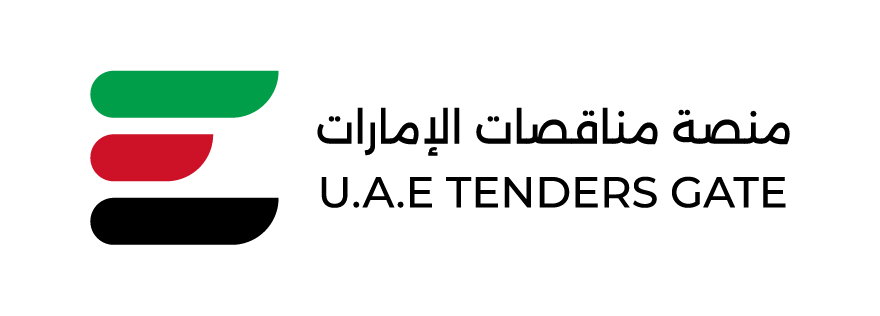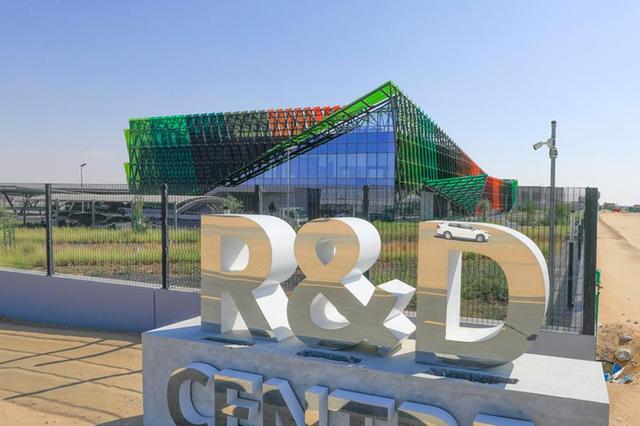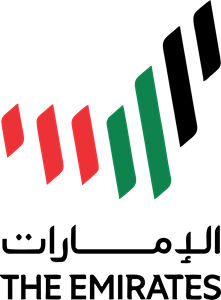Dubai Electricity and Water Authority (DEWA)’s Research & Development (R&D) Centre, in collaboration with Infra X, the IT and telecommunications arm of Digital DEWA, and their British technical partner Wyld, has developed satellite Internet of Things (IoT) terminals for DEWA’s 3U nano satellite, DEWA-SAT1.
DEWA launched it as part of its Space-D programme and became the first utility worldwide to use nano satellites to improve the operations, maintenance, and planning, of electricity and water networks, Dubai’s media office said in a statement.
The R&D Centre developed the satellite IoT terminals to connect DEWA’s assets to the satellite directly and be suitable for grid applications, where it links IoT sensors to DEWA’s nanosatellites. It also provides hybrid connectivity with both the Long-Range (LoRa) IoT terrestrial network operated by InfraX, and DEWA’s nano satellites, it said.
This will expand the coverage of DEWA’s existing LoRA IoT Terrestrial network, which connects remote assets directly with the nano satellite, without the need for ground gateways or satellite ground stations to send the data.
According to Saeed Mohammed Al Tayer, MD & CEO of DEWA, the nanosatellite technology, developed as part of the Space-D programme, will complement the terrestrial IoT communication network to increase the efficiency and effectiveness of DEWA’s operations and support the digitisation of our electricity and water networks.
“This will increase the efficiency and effectiveness of our planning, operations, and preventive maintenance for our production, transmission, and distribution divisions, as well as our smart grids and electric vehicle charging stations. It also reduces costs, improves asset use, enables knowledge and experience transfer, and educates Emiratis at DEWA,” he said.
“By the end of 2022, we plan to launch a 6U nanosatellite with customised high-resolution image sensing technology specifically designed for DEWA to capture images more frequently,” Al Tayer added.





